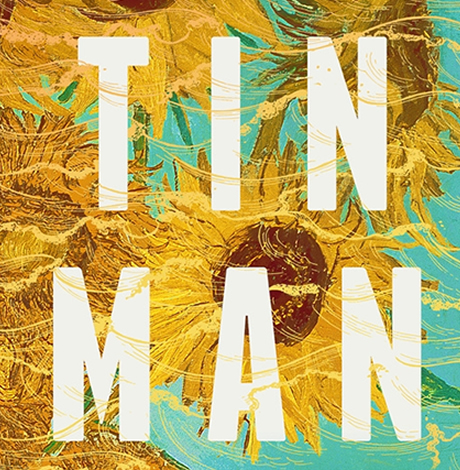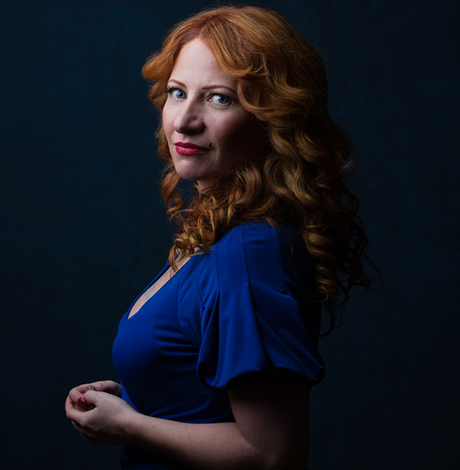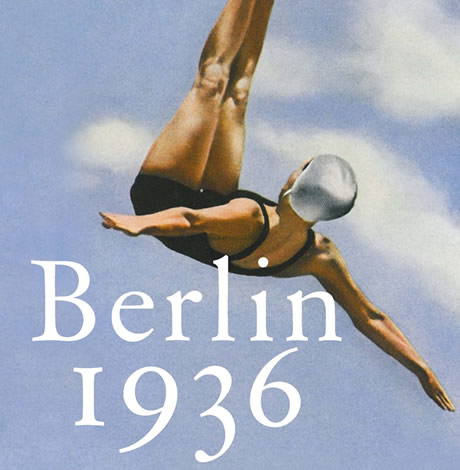Books
YEAR IN REVIEW 2018 BOOKS: Best page turners of the year
‘Berlin 1936,’ time-bending ‘Tin Man’ among year’s strongest fiction
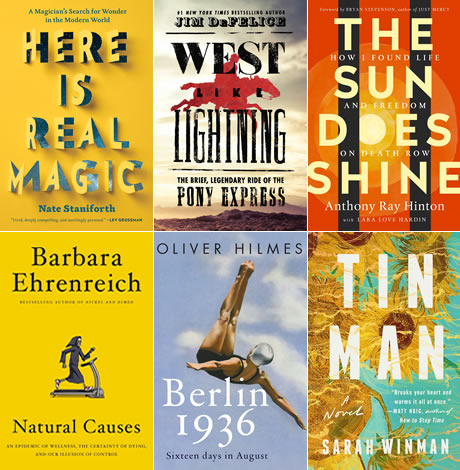
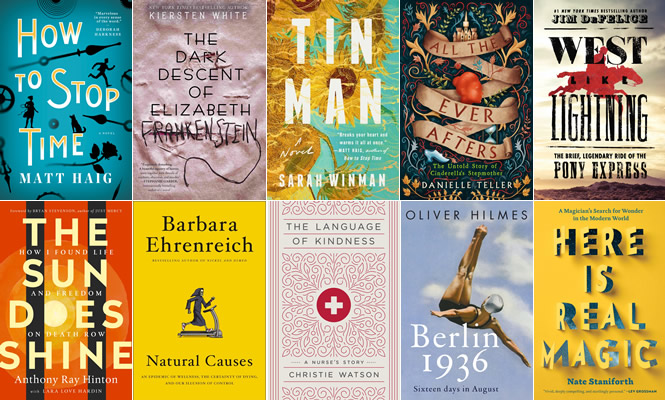
‘Berlin 1936,’ time-bending ‘Tin Man’ among year’s strongest fiction
The year’s best books often came in unexpected places. Here are some highlights.
Fiction
Just about every person alive grew up feeling sorry for poor little Cinderella. In “All the Ever Afters” by Danielle Teller, we see the classic story from the POV of Agnes, the evil-not-evil stepmother. This novel is an eye-opener: there are always two sides to a story and both could be correct.
Another two-sides-to-the-tale tale is “The Dark Descent of Elizabeth Frankenstein” by Kiersten White, a novel of the woman who loved Victor Frankenstein. Or did she? Without him, she’d be homeless, broke and hungry. With him, she would always fear his temper and the horrible things she was discovering about him. It’s a dark-and-stormy kind of book, perfect for anyone who wants winter chills of a different sort.
A lot of mini-stories make up “Berlin 1936” by Oliver Hilmes, translated from the German by Jefferson Chase. It’s a multi-level tale of Nazis, gypsies, homosexuals and secrets in the infancy of the Third Reich, told in a conglomerate, slice-of-life sort of way that will make you forget that it’s all fiction.
Every year, it seems, scientists claim that humans will achieve immortality within a few decades. That’s a curse in “How to Stop Time” by Matt Haig.
In 1598, a man named Tom fell in love with a woman named Rose. They had a daughter and then Rose fell ill and died; Tom, however, survived because he’s an “alba.” Tom is more than 400 years old and there are two things he wants: to feel as normal as he did in 1598, and to find his daughter, who is also an alba. Romancy? Yes, but also part sci-fi, part history, a little drama, and a whole lot of wonderful.
To round out the fiction list, there’s “Tin Man: A Novel” by Sarah Winman. It’s also the story of Ellis, who lost his wife and his best friend, the former to a car accident and the latter to AIDS. Ellis misses Annie because she opened his world; he misses Michael because Michael pushed him to do things he would have never tried. But there were so many things Ellis never knew about Michael, until he finds Michael’s journal. Emotional, dramatic, also romantic, here’s a book that’ll make you curl up in your chair, stricken, for an hour after you’ve finished it.
Nonfiction
For anyone who’s ever wondered how that guy on TV does those illusion tricks, “Here is Real Magic” by Nate Staniforth is a book for you. Staniforth always wanted to be a magician but he wanted to do it big. Little coin tricks were old-school so, in this book, he goes on a journey to find out of magic is real or not. Hint: this isn’t a magic book. Read it and you’ll be left with answers you weren’t even asking for.
You may never see “The Language of Kindness” by Christie Watson on any other best of list and that’s too bad. Watson is a nurse, and this is a book about being ill, care-giving, living and dying. Beware that some of the stories are a bit gruesome, but this is a lovely book for anyone alive.
And not that there’s a theme here or anything, but you’ll also want to read “Natural Causes” by Barbara Ehrenreich, a book about the things we do to avoid dying. It’s informative, funny, wry and intelligent. Hint: rant, rail, avoid sweets, eat kale, do all you want, but you’re going to die someday anyhow.
There’s a ton of surprising gratitude inside “The Sun Does Shine: How I Found Life and Freedom on Death Row” by Anthony Ray Hardin with Lara Love Hardin. The reason is that Anthony Hardin was put on death row for a crime he didn’t commit. First surprise: it took 30 years for him to be exonerated. Second surprise: this book holds a whole lot less anger than you’d think it would, and a whole lot of uplifting. Of all the books on this list, it’s the one you’ll never regret reading.
And finally, rounding up the nonfiction list, there’s “West Like Lightning: The Brief, Legendary Ride of the Pony Express” by Jim DeFelice. History fans will love this book because DeFelice focuses on the Pony Express but doesn’t ignore other major players in the Civil War era. Readers who like tales of little-known life will love this book, too, as will anyone who loves a good oater. Bonus: it’s one of those easy to browse books that will pull you in tight.
Books
Embracing the chaos can be part of the fun
‘Make Sure You Die Screaming’ offers many twists and turns
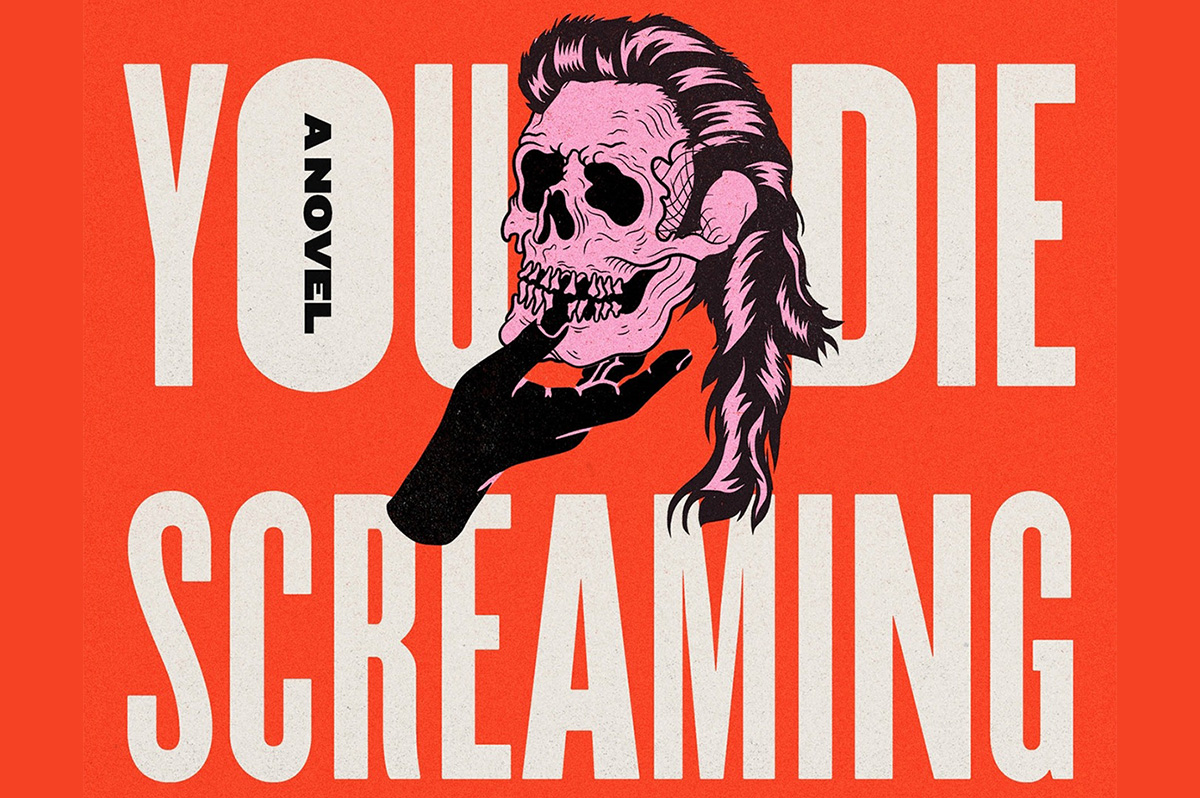
‘Make Sure You Die Screaming’
By Zee Carlstrom
c.2025, Random House
$28/304 pages
Sometimes, you just want to shut the door and forget what’s on the other side.
You could just wipe it from your memory, like it didn’t occur. Or create an alternate universe where bad things never happen to you and where, as in the new novel “Make Sure You Die Screaming” by Zee Carlstrom, you can pretend not to care.

Their mother called them “Holden,” but they’d stopped using that name and they hadn’t decided what to use now. What do you call an alcoholic, queer, pessimistic former ad executive who’s also “The World’s First Honest White Man,” although they no longer identify as a man? It’s a conundrum that they’ll have to figure out soon because a cop’s been following them almost since they left Chicago with Yivi, their psychic new best friend.
Until yesterday, they’d been sleeping on a futon in some lady’s basement, drinking whatever Yivi mixed, and trying not to think about Jenny. They killed Jenny, they’re sure of it. And that’s one reason why it’s prudent to freak out about the cop.
The other reason is that the car they’re driving was stolen from their ex-boyfriend who probably doesn’t know it’s gone yet.
This road trip wasn’t exactly well-planned. Their mother called, saying they were needed in Arkansas to find their father, who’d gone missing so, against their better judgment, they packed as much alcohol as Yivi could find and headed south. Their dad had always been unique, a cruel man, abusive, intractable; he suffered from PTSD, and probably another half-dozen acronyms, the doctors were never sure. They didn’t want to find him, but their mother called…
It was probably for the best; Yivi claimed that a drug dealer was chasing her, and leaving Chicago seemed like a good thing.
They wanted a drink more than anything. Except maybe not more than they wanted to escape thoughts of their old life, of Jenny and her death. And the more miles that passed, the closer they came to the end of the road.
If you think there’s a real possibility that “Make Sure You Die Screaming” might run off the rails a time or three, you’re right. It’s really out there, but not always in a bad way. Reading it, in fact, is like squatting down in a wet, stinky alley just after the trash collector has come: it’s filthy, dank, and profanity-filled. Then again, it’s also absurd and dark and philosophical, highly enjoyable but also satisfying and a little disturbing; Palahniuk-like but less metaphoric.
That’s a stew that works and author Zee Carlstrom stirs it well, with characters who are sardonic and witty while fighting the feeling that they’re unredeemable losers – which they’re not, and that becomes obvious.
You’ll see that all the way to one of the weirdest endings ever.
Readers who can withstand this book’s utter confusion by remembering that chaos is half the point will enjoy taking the road trip inside “Make Sure You Die Screaming.”
Just buckle up tight. Then shut the door, and read.
The Blade may receive commissions from qualifying purchases made via this post.
Books
Two new books on dining out LGBTQ-style
Visit nightclubs, hamburger joints, and a bathhouse that feeds customers
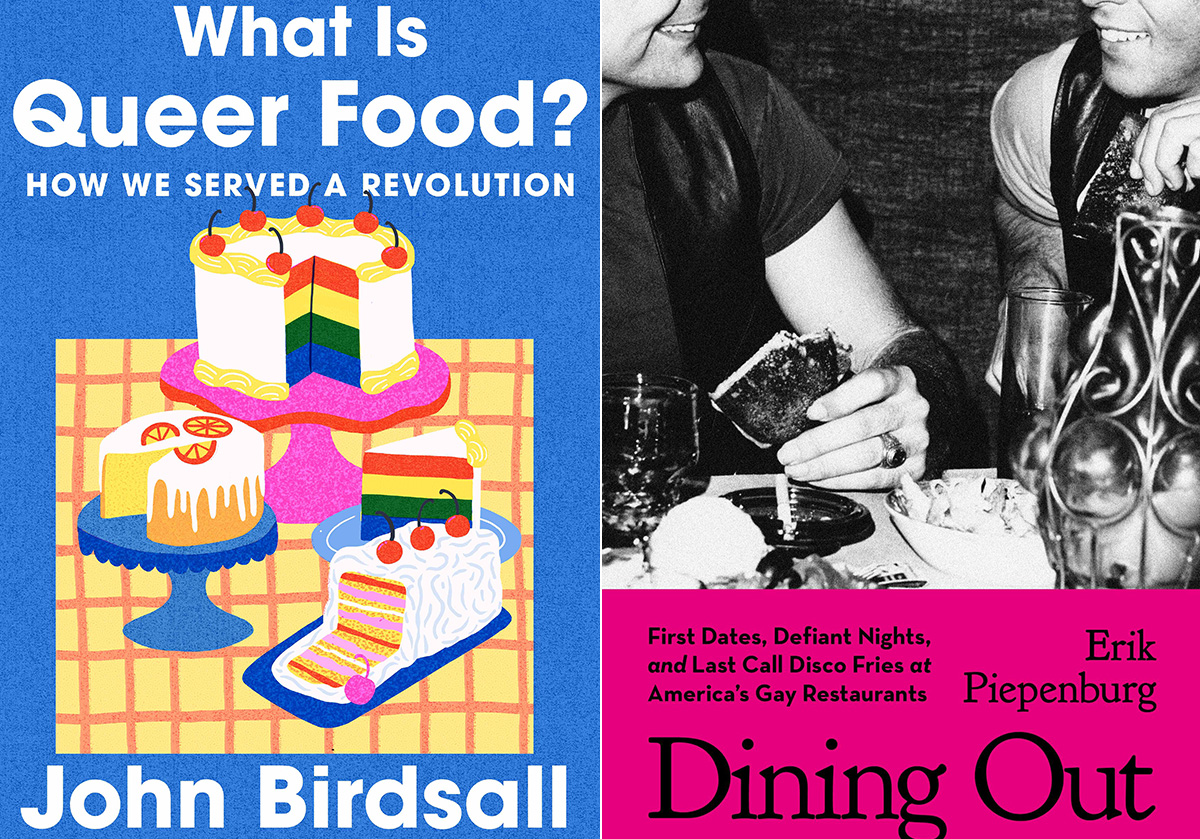
‘What is Queer Food? How We Served a Revolution’
By John Birdsall
c.2025, W.W. Norton
$29.99/304 pages
‘Dining Out: First Dates, Defiant Nights, and Last Call Disco Fries at America’s Gay Restaurants’
By Erik Piepenburg
c.2025, Grand Central
$30/352 pages
You thought a long time about who sits where.
Compatibility is key for a good dinner party, so place cards were the first consideration; you have at least one left-hander on your guest list, and you figured his comfort into your seating chart. You want the conversation to flow, which is music to your ears. And you did a good job but, as you’ll see with these two great books on dining LGBTQ-style, it’s sometimes not who sits where, but whose recipes were used.
When you first pick up “What is Queer Food?” by John Birdsall, you might miss the subtitle: “How We Served a Revolution.” It’s that second part that’s important.

Starting with a basic gay and lesbian history of America, Birdsall shows how influential and (in)famous 20th century queer folk set aside the cruelty and discrimination they received, in order to live their lives. They couldn’t speak about those things, he says, but they “sat down together” and they ate.
That suggested “a queer common purpose,” says Birdsall. “This is how who we are, dahling, This is how we feed our own. This is how we stay alive.”
Readers who love to cook, bake or entertain, collect cookbooks, or use a fork will want this book. Its stories are nicely served, they’re addicting, and they may send you in search of cookbooks you didn’t know existed.
Sometimes, though, you don’t want to be stuck in the kitchen, you want someone else to bring the grub. “Dining Out” by Erik Piepenburg is an often-nostalgic, lively look at LGBTQ-friendly places to grab a meal – both now and in the past.

In his introduction, Piepenburg admits that he’s a journalist, “not a historian or an academic,” which colors this book, but not negatively. Indeed, his journeys to “gay restaurants” – even his generous and wide-ranging definitions of the term – happily influence how he presents his narrative about eateries and other establishments that have fed protesters, nourished budding romances, and offered audacious inclusion.
Here, there are modern tales of drag lunches and lesbian-friendly automats that offered “cheap food” nearly a century ago. You’ll visit nightclubs, hamburger joints, and a bathhouse that feeds customers on holidays. Stepping back, you’ll read about AIDS activism at gay-friendly establishments, and mostly gay neighborhood watering holes. Go underground at a basement bar; keep tripping and meet proprietors, managers, customers and performers. Then take a peek into the future, as Piepenburg sees it.
The locales profiled in “Dining Out” may surprise you because of where they can be found; some of the hot-spots practically beg for a road trip.
After reading this book, you’ll feel welcome at any of them.
If these books don’t shed enough light on queer food, then head to your favorite bookstore or library and ask for help finding more. The booksellers and librarians there will put cookbooks and history books directly in your hands, and they’ll help you find more on the history and culture of the food you eat. Grab them and you’ll agree, they’re pretty tasty reads.
The Blade may receive commissions from qualifying purchases made via this post.
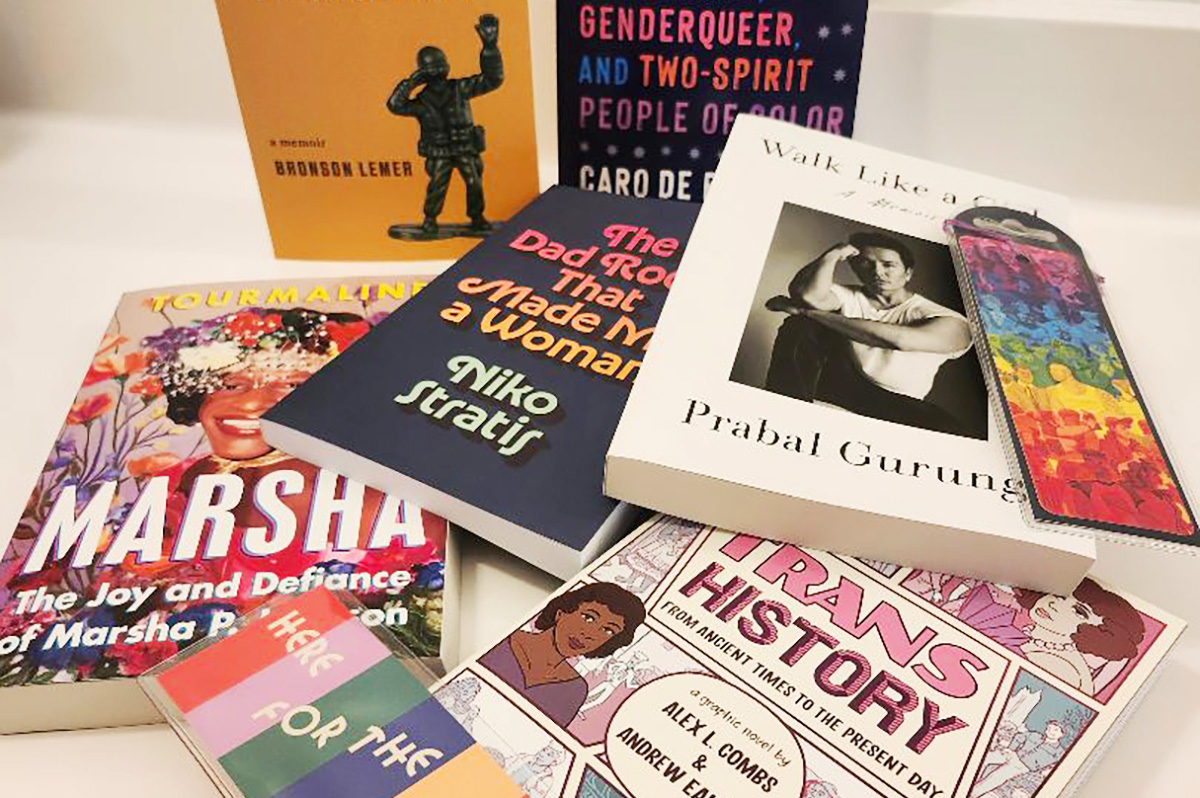
You’re going to be on your feet a lot this month.
Marching in parades, dancing in the streets, standing up for people in your community. But you’re also likely to have some time to rest and reflect – and with these great new books, to read.
First, dip into a biography with “Marsha: The Joy and Defiance of Marsha P. Johnson” by Tourmaline (Tiny Rep Books, $30), a nice look at an icon who, rumor has it, threw the brick that started a revolution. It’s a lively tale about Marsha P. Johnson, her life, her activism before Stonewall and afterward. Reading this interesting and highly researched history is a great way to spend some time during Pride month.
For the reader who can’t live without music, try “The Dad Rock That Made Me a Woman” by Niko Stratis (University of Texas Press, $27.95), the story of being trans, searching for your place in the world, and finding it in a certain comfortable genre of music. Also look for “The Lonely Veteran’s Guide to Companionship” by Bronson Lemer (University of Wisconsin Press, $19.95), a collection of essays that make up a memoir of this and that, of being queer, basic training, teaching overseas, influential books, and life.
If you still have room for one more memoir, try “Walk Like a Girl” by Prabal Gurung (Viking, $32.00). It’s the story of one queer boy’s childhood in India and Nepal, and the intolerance he experienced as a child, which caused him to dream of New York and the life he imagined there. As you can imagine, dreams and reality collided but nonetheless, Gurung stayed, persevered, and eventually became an award-winning fashion designer, highly sought by fashion icons and lovers of haute couture. This is an inspiring tale that you shouldn’t miss.
No Pride celebration is complete without a history book or two.
In “Trans History: From Ancient Times to the Present Day” by Alex L. Combs & Andrew Eakett ($24.99, Candlewick Press), you’ll see that being trans is something that’s as old as humanity. One nice part about this book: it’s in graphic novel form, so it’s lighter to read but still informative. Lastly, try “So Many Stars: An Oral History of Trans, Nonbinary, Genderqueer, and Two-Spirit People of Color” by Caro De Robertis (Algonquin Books of Chapel Hill. $32.00) a collection of thoughts, observations, and truths from over a dozen people who share their stories. As an “oral history,” you’ll be glad to know that each page is full of mini-segments you can dip into anywhere, read from cover to cover, double-back and read again. It’s that kind of book.
And if these six books aren’t enough, if they don’t quite fit what you crave now, be sure to ask your favorite bookseller or librarian for help. There are literally tens of thousands of books that are perfect for Pride month and beyond. They’ll be able to determine what you’re looking for, and they’ll put it directly in your hands. So stand up. March. And then sit and read.
-

 Sports5 days ago
Sports5 days agoTrans cyclist’s victory sparks outrage in conservative media
-

 Congress5 days ago
Congress5 days agoCongress passes ‘Big, Beautiful Bill’ with massive cuts to health insurance coverage
-

 Israel5 days ago
Israel5 days agoActivist recalls experience in Tel Aviv after Israel-Iran war began
-
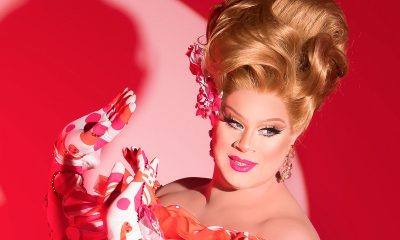
 Celebrity News5 days ago
Celebrity News5 days agoNina West’s ‘Sugar in the Tank’ tour comes to Rehoboth Beach

